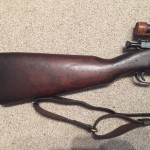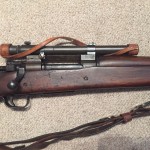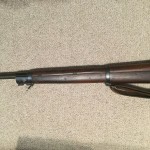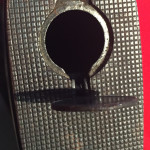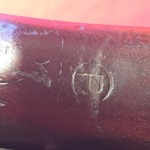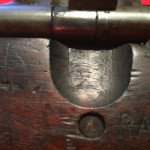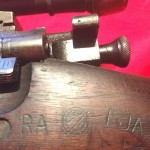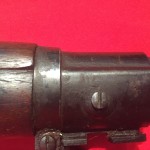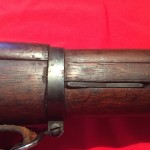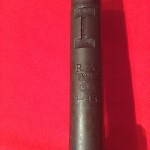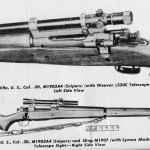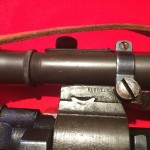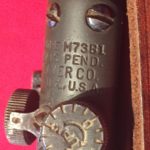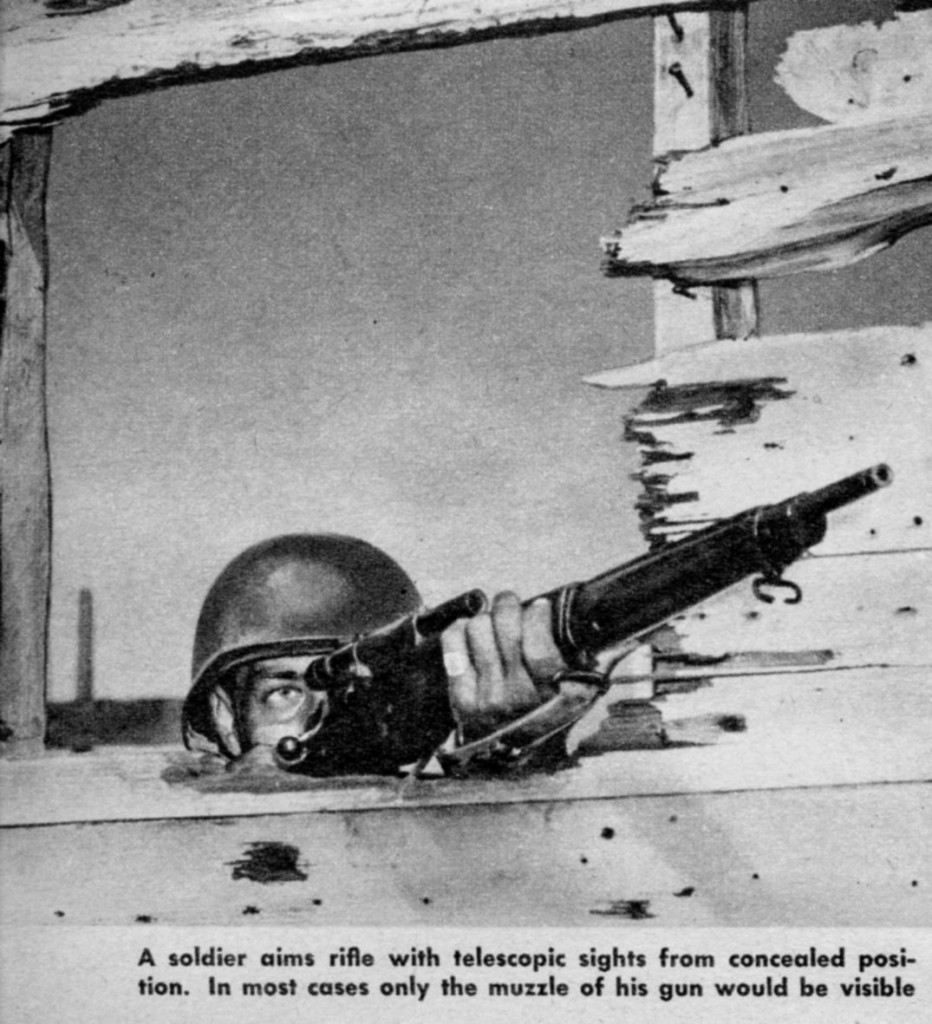

The U.S. Army standard sniper rifle of World War II was the Springfield M1903A4, made by Remington.
These rifles were made in batches at Remington so the serial number ranges are known.
Block 1 3,407,088 to 3,427,087
Block 2 Z4,000,001 to Z4,003,000 (or Z4,003,001) All have a “Z” serial number prefix as the factory accidentally made M1903A3 and M1903A4 with identical serial numbers.
Block 3 4,992,001 to 4,999,045 approx. Between 7,000 and 7,044 were made in this block)
Although the plan was to use the Lyman “Alaskan” scope on these rifles, these scopes were not available, so the main scope for these sniper rifles was the Weaver M73B1, which was a military version of the Weaver 330 scope which was only 2-3/4 power. Weaver also made the 330 SCOPE M.8 for the military according to what the Weaver Company told sniper researcher Peter R. Senich.
The military preferred the Weaver scopes with the “click” drum knobs rather than the truncated cone “silent” screwdriver adjusted model. The reasons is apparently that a sniper could change the dials in low light by feel and hearing, even if he could not see the dial clearly. You will see collectors refer to the 330S and 330C models but they were not so marked. Most collectors and reference books insist that the U.S. military only used the click models, but I have found two illustrations in U.S. military manuals showing the “silent” truncated cone. It is known that at the beginning a few hundred Weaver 330 civilian scopes were put on the first M1903A4 rifles. These likely had a serial number engraved onto the right side by the U.S. Army.
Some of these M1903A4 rifles were fitted with other scopes such as the M73B2 (French made late WWII), M73 (possibly), M81, M82 and M84 after WWII. By 1945 the M1903A4 (Sniper’s) was being issued to both U.S. Army and U.S.M.C. troops.These rifles continued to be used in the Korean War and into the early years of the Vietnam War.
All of these rifles were stamped 1903A3 even though they were 1903A4. Apparently this was in case the rifles did not work out as sniper rifles, in which case they could have the scope and mount removed, have iron sights added and then they would be standard M1903A3 rifles. A very few were overstamped by the military after issue as “A4.”
This is the rifle model depicted in the movie, “Saving Private Ryan” carried by Canadian left-handed actor Barry Pepper of Vancouver, B.C. The film crew however used two different model scopes on this rifle, including the USMC style Unertl.
Some key points about the M1903A4:
- The bolt was specially bent to clear the scope
- A notch was cut into the stock for the bolt.
- Iron sights were never installed. Most reference books are in error that say the sights were “removed.” The notch for mounting the front sight should have undamaged Parkerizing.
- The markings on top of the rifle were placed on the left and right sides at the factory so that they would not be obscured when the scope was mounted. This is extremely hard to fake.
- Redfield “Junior” scope mount and rings were fitted.
- Rifles left the factory with blued metal stock bands etc. Most U.S. Army small arms were rebuilt and parts were Parkerized at that time.
- Some 1903A4 had the “C” Stock but some came with the “Scant” stock. The “C” stock was the most desirable, but the old stock blanks that Remington had obtained were intended to be used to make “Straight” stocks and did not leave enough wood to make a full “C” stock, so the “Scant” stock was a compromise, making as much of a pistol grip as possible within the blank.
This rifle was in my collection and it is from the first block produced 3,422,193 and is fitted with its original “scant” stock. The rifle is all original and retains its blued bands etc. Ketystone “K” on stock. 9-43 barrel. “RA (crossed cannons) FJA (no box) on left side of stock above trigger guard.
The scope is an original M73B1 which was Parkerized in service (i.e. refurbished). Interestingly this specimen does not have the usual military serial number.
The sling is the standard U.S. Model 1907 leather sling.

